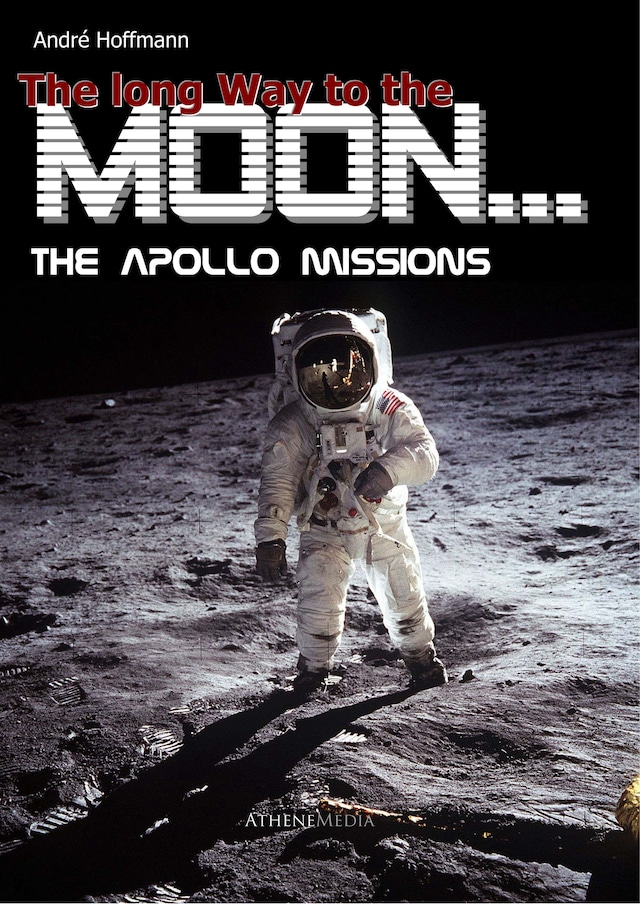
The long Way to the Moon
The Apollo Missions
Om bogen
It was February 1966. A Saturn V rocket began a suborbital unmanned test flight with the Apollo Command Module for the first time.
A Saturn Orbital test flight followed, without the Apollo Spaceship, in July 1966; a further flight with the Apollo Command Module took off in August 1966.
The Saturn Rocket Vehicle was developed by the scientists and technicians of the Marshall Space Flight Center (MSFC) under the direction of Dr. Wernher von Braun for the NASA in the context of the Apollo program. This rocket type is one of the most efficient systems ever built. Research of rocket systems reaches back far to the beginning of the nineteen fifties.
Long was the way till the first man could step on the moon.
The Apollo program suffered a large setback when three astronauts, Virgil Grissom, Edward H. White and Roger B. Chaffee, were killed by flames during a routine training exercise in their command module. Extensive modifications of the command module and the safety systems were the consequence of this catastrophe. This test on January 27, 1967, retroactively received the name Apollo 1.
Six years after John F. Kennedy had announced the race to the moon, these were the beginnings of the Apollo program, and this was the prelude to the great finale of the way to the moon.
This book shows the story of this journey.
 André Hoffmann
André Hoffmann 18 Sider
18 Sider